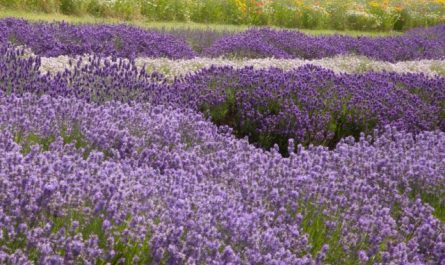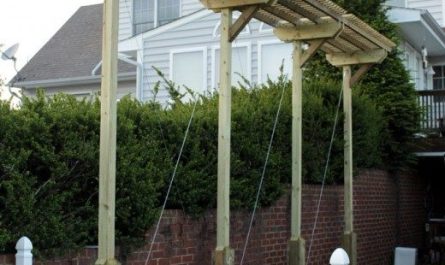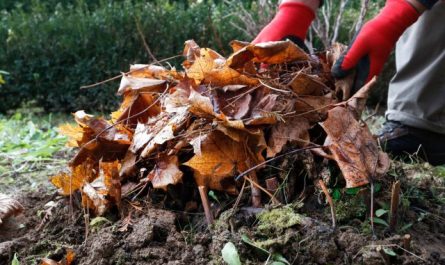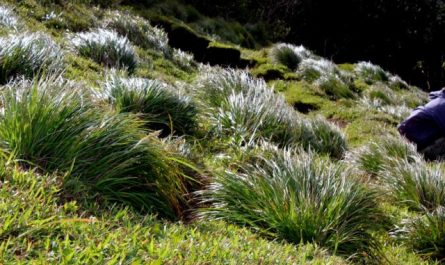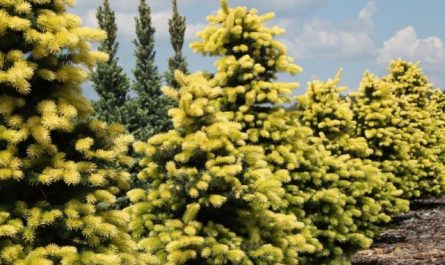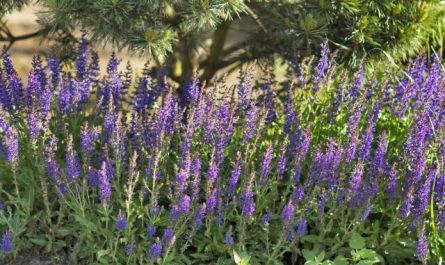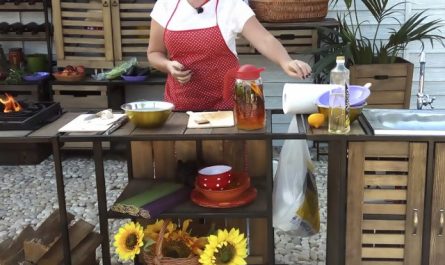In a summer cottage, not only a lush flowerbed can please the eye, but also a smooth, juicy lawn. Today in our video we will tell you in detail how to care for a lawn in the fall and solve some problems that arise with green lawns.

Lawn Watering Rules
There is a common belief that lawn grass requires virtually no maintenance. And if you plant it on your plot, you will only admire the bright greenery without doing anything. This is, of course, not true. In some cases, lawn grass is even more capricious than popular vegetables. For example, due to its shallow root system, it dries out very quickly when the summer heat lasts for a long time. Therefore, a lawn on light soils in the heat has to be watered not just daily, but even several times a day. Otherwise, individual dry windows will first form on it, and then the entire lawn will take on an unsightly appearance.
If the weather is dry, watering should be continued in the fall, at least once a week. But do not overdo it, watering, as they say, “for the future.” There should be no puddles on the lawn near the house, since stagnant moisture often leads to root rot. Watering in the fall is usually stopped in October-November so that the soil does not become over-moistened, and the lawn approaches the winter healthy.

Lawn mowing
Regular, timely mowing is an important technique in lawn care. It has several goals at once, both practical and aesthetic:
- Creating an attractive appearance
- Ensuring optimal air exchange both in the lawn itself and in the soil
- Building up dense green mass
- Making lawn grass care easier (watering and fertilizing)
But in autumn, you need to mow the lawn less often than in summer. The vegetation of plants fades, and the above-ground part grows much more slowly. Reduce the frequency of mowing gradually, so that by winter the grass is 6-8 cm high. Significant deviations from these values have an equally negative effect on plants:
- Cutting too short results in complete or partial freezing of plants.
- Long grass lies down, gets tangled, forming “felt” areas. Also, excess green mass creates an increased load on the root system, weakening the plants
After mowing, do not forget to remove the mown grass and other plant debris, such as fallen leaves or pine needles from the trees, with a fan rake.
Leaves pressed by snow form an impenetrable cover, under which moisture and air exchange is disrupted.

Fertilizing lawn grass
The rules for autumn lawn fertilization are, in principle, similar to the care of other wintering perennial crops. The main thing is that the fertilizers should not contain an excess of nitrogen, which stimulates the growth of the above-ground part. Bone meal should be added 7-10 days before the onset of frost – 2-3 cups per square meter. This is a multi-component fertilizer, but it is important for us that it has a high content of “long-lasting” phosphorus and potassium. These elements will strengthen the root system of lawn grasses and increase their stress resistance. You can also add:
- Double superphosphate – 50-70 g per square meter
- Potassium sulfate (potassium sulfate) – 20-30 g
- Potassium magnesium – 30-60 g
- Potassium salt – 30-40 g
Now there are also special complex autumn fertilizers for lawns. Top dressing is carried out after rain or watering. If precipitation is not expected in the near future, then after applying fertilizers, another watering should be carried out so that the plants have time to absorb nutrients before the cold weather arrives.

Lawn aeration
Healthy lawn grasses very quickly sod the soil and compact its surface layer, as a result of which air access to the roots and the removal of excess water after precipitation are significantly impaired. Therefore, it is necessary to forcibly aerate the soil. To carry out this procedure, you can take both special tools (aerators, scarifiers) and ordinary pitchforks. With their help, punctures are made in the turf:
- At a distance of 20-30 cm from each other
- To a depth of 15-20 cm
After the pitchfork teeth have been driven in, make several rocking movements back and forth to widen the holes in the soil and lift the turf layer a little. It is better to do the work in dry weather, and then let the lawn rest for 2-3 days – do not walk on it or carry out any other procedures.

Overseeding of lawn grass
How to properly lay out a lawn and sow it with grass, we have already talked about in previous videos. But today we will “repair” a finished lawn in the fall. In some places, over the summer, it could have burned out, gotten wet, or simply been knocked down by active walking or some household work. Autumn sowing is good because the lawn grass will already have strong immunity and will be hardened in low temperature conditions.
In autumn, the lawn can be reseeded in two stages:
- In September-October, so that the grass has time to grow and get stronger
- In November before winter, for early spring shoots
Do not forget that when sowing in winter, you need to increase the seed consumption rate by 20-50% of that recommended by the manufacturer.
First, decide for what purposes you will use or are already using the lawn. After all, lawn grasses can be either park grass, that is, purely decorative and unsuitable for frequent walking on them, or sports or play grass. The latter quickly recover and withstand increased loads well.
Sowing can also be:
- Solid, if the lawn is badly damaged or was initially noticeably sparse
- Local, when you need to restore some small areas
In any case, you need to sow the lawn grass as evenly as possible. After the seeds have been scattered, they are loosened with a rake and covered with a thin layer of peat and humus. Even if you are sowing solidly on an old lawn, sprinkle a little nutritious soil mixture on top. It will help eliminate existing unevenness and feed the plants.
Lawn care in winter
With the arrival of frost, the lawn becomes defenseless, as the grass is easily damaged and can no longer recover naturally. Therefore, minimize the mechanical load on your lawn – try not to walk on it, do not store all kinds of tools or building materials. It is believed that you can move on the lawn without causing any harm to it when the snow cover reaches 25 cm.
Ideally, the lawn should be covered with snow all winter. Therefore, do not clear it away when you clean the paths on the site after snowfalls. In snowless or low-snow winters, an ice crust may form on the lawn after thaws. They prevent air exchange, as a result of which the grass under the ice rots. You can break the crust with a regular rake, and it is not necessary to remove all the ice, the main thing is that breaks and cracks appear on it, through which air will flow to the grass.
If you provide such care for your lawn in the fall, you will not have any problems with it in the spring. On the contrary, it will please you with its lush greenery and healthy appearance.
